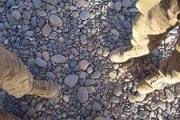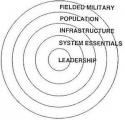You could be onto something. We are often victims of the history that we strive to honor and understand, and the Marine squad organization has indeed been a long-standing organization that honestly has not been fiddled with much.I've read that article and Webb makes some interesting points. But if there isn't that much difference between modern assault rifles and ARs is a modern AR really needed? Or is the USMC too fixated on a modern AR because the squad and fire team organization that they've had since 1945 was designed around AR employment?













Bookmarks